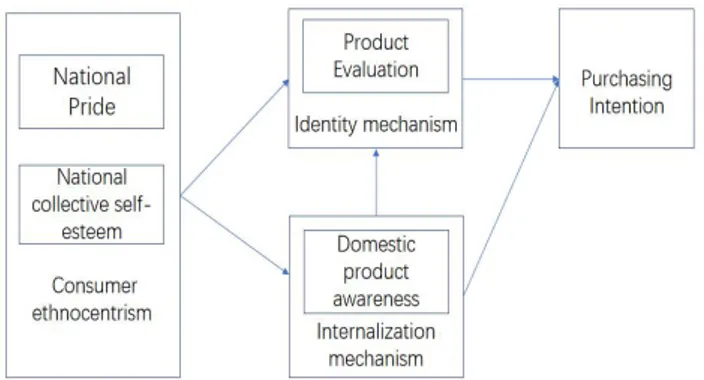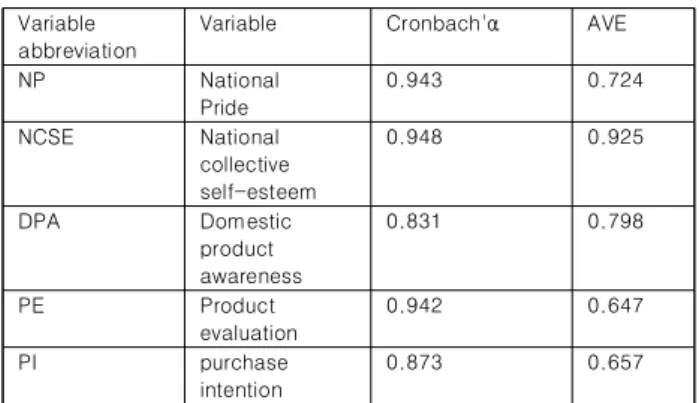A Study of Consumers' Purchasing Intention for National Brands in the Context of Sino-US Trade War
- Take China Huawei Company as an exle
1)
전체 글
1)
수치



관련 문서
In this study, empirical method using Questionnaire survey is used to look through the expected effect of LOHAS certification on business management
In the university, the university conducted a survey of 400 persons and college students, conducted a questionnaire survey of 400 people through
This study set out to examine online shopping behaviors among consumers in middle school and the influences of sociodemographic variables,
A A A A Study Study Study Study Analysis Analysis Analysis Analysis of of of of the the the the J. Bach, a representative composer in Baroque period. Composed
Second, exploratory factor analysis and Cronbach's α were conducted to analyze the validity and reliability of the questionnaire regarding participation
For this, this study analyzed the ethnic and national identity of Korean Chinese by approaching the context of political, cultural and ideological systems
The purpose of this study is to analyze the effects of service quality on customer satisfaction and revisit intention perceived by Chinese golf range
In this Thesis, an empirical study on the Influence of Consumer's Preferences and Satisfaction on Purchase Intention of Korean Automobile in Vietnamese Consumers